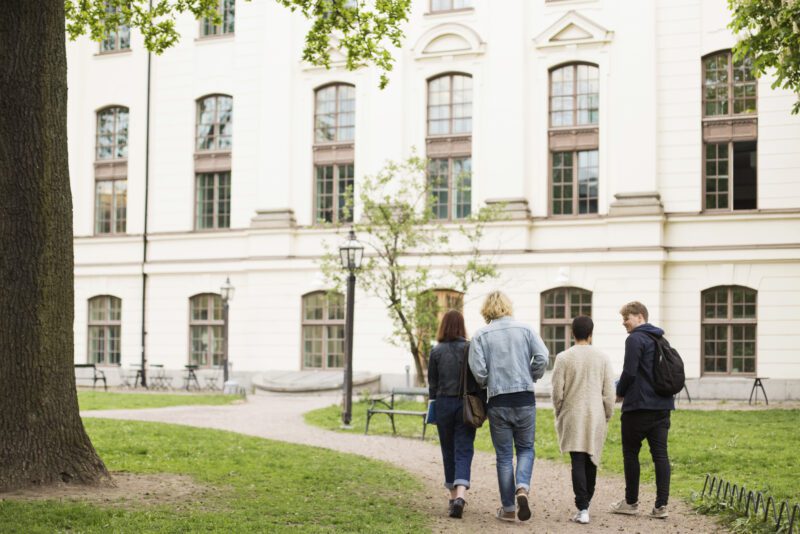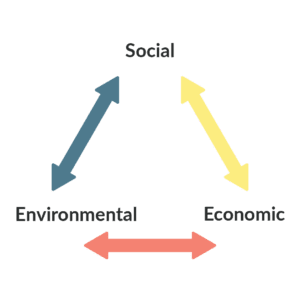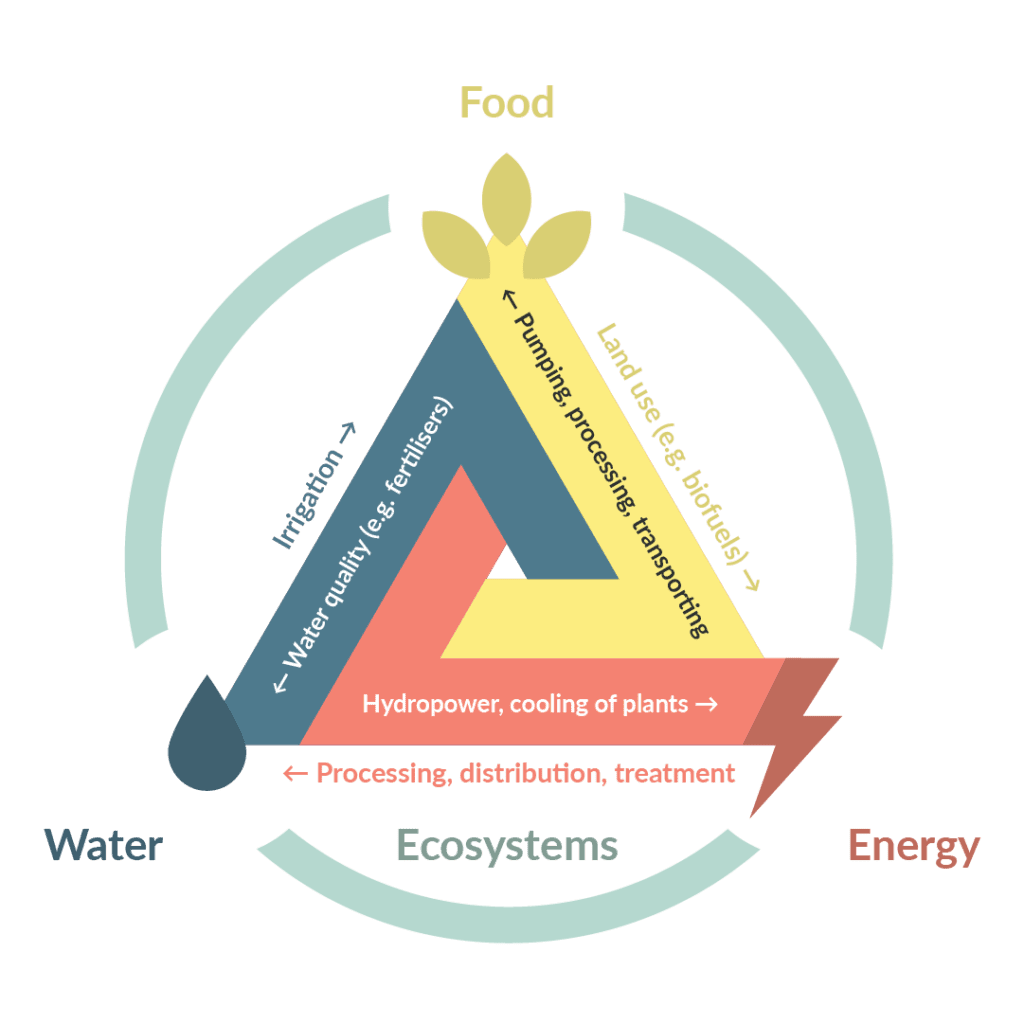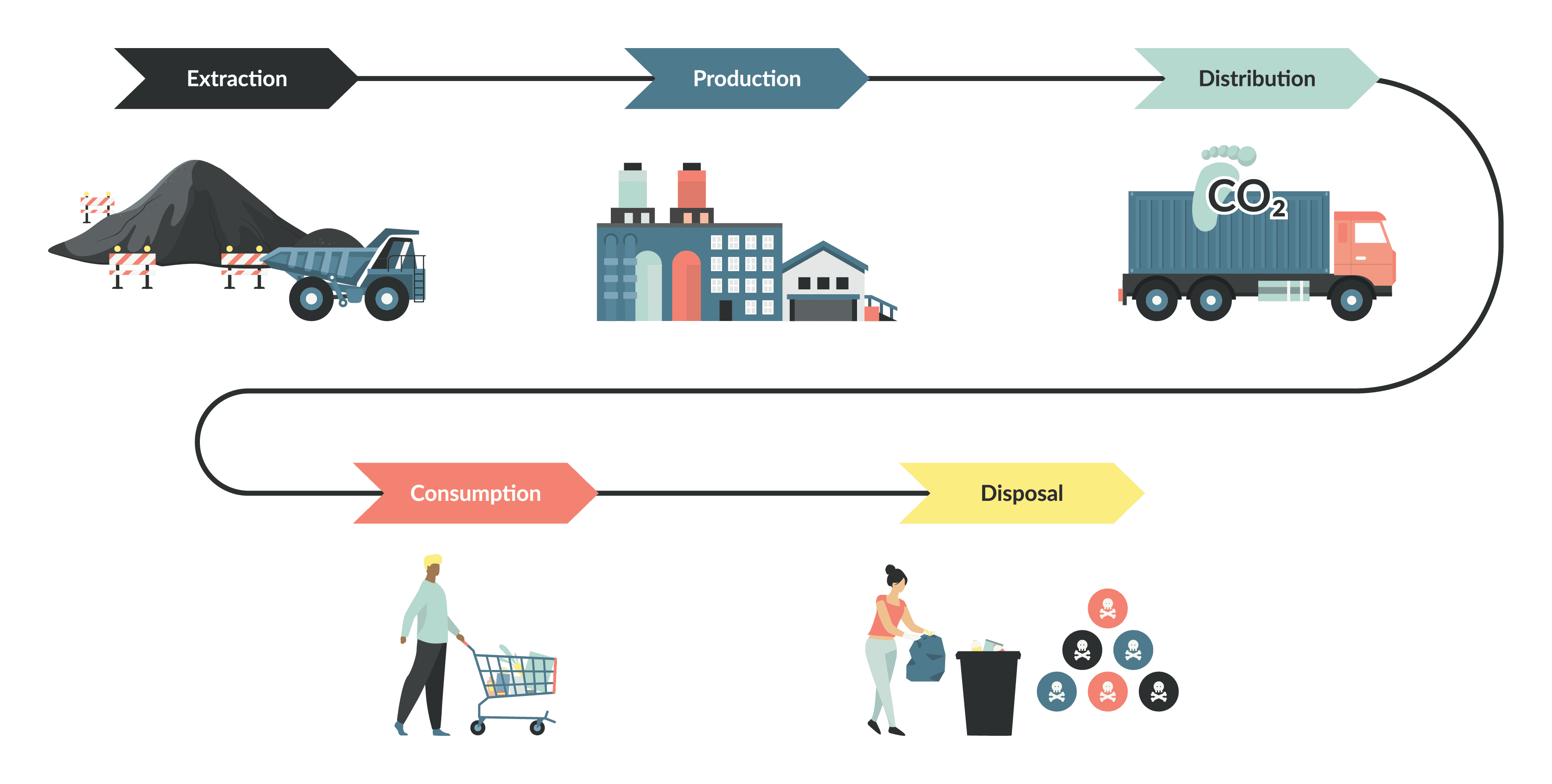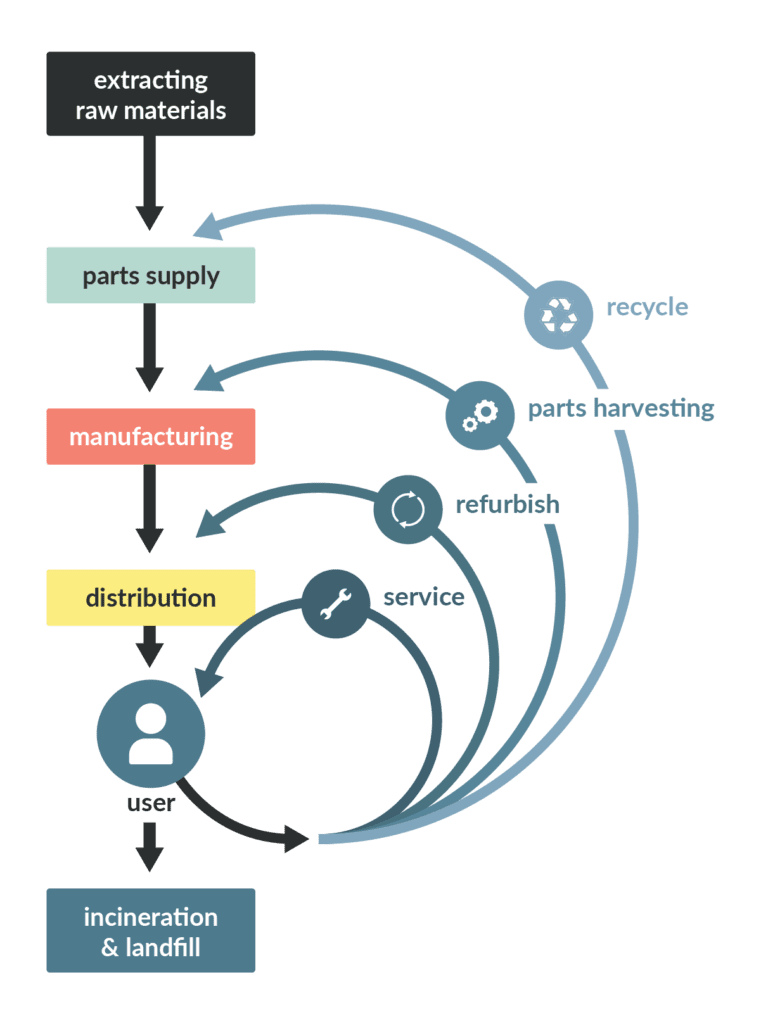Sustainable Development – What Does it Mean for Schools?
Why is now the time to consider sustainable development in schools?
In many countries throughout the world governments have been forced to put people in lockdowns to try and stop the spread of the Covid19 virus. This has forced people to stop working in their normal environments and, in richer countries particularly, people to work from home. This has meant that factories have closed down or reduced production, people have not travelled to their usual workplace and there are far fewer cars on the road. In addition, flight travel has decreased almost to a trickle with many European airports having less than 10% of their normal traffic. This has helped to reduce air pollution with less NO2 in the atmosphere. Satellite photos of China before and during the shutdown highlight this:
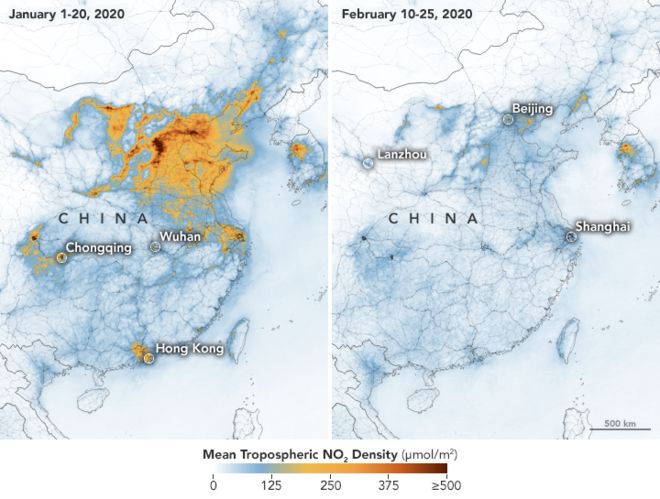
NASA Via BBC News (https://www.bbc.com/news/world-asia-51691967, 29th February 2020)
In New Delhi, a city plagued with air pollution normally, one resident claimed the air had become almost alpine like. A contrasting view of the city can be seen below showing before and after lockdown:
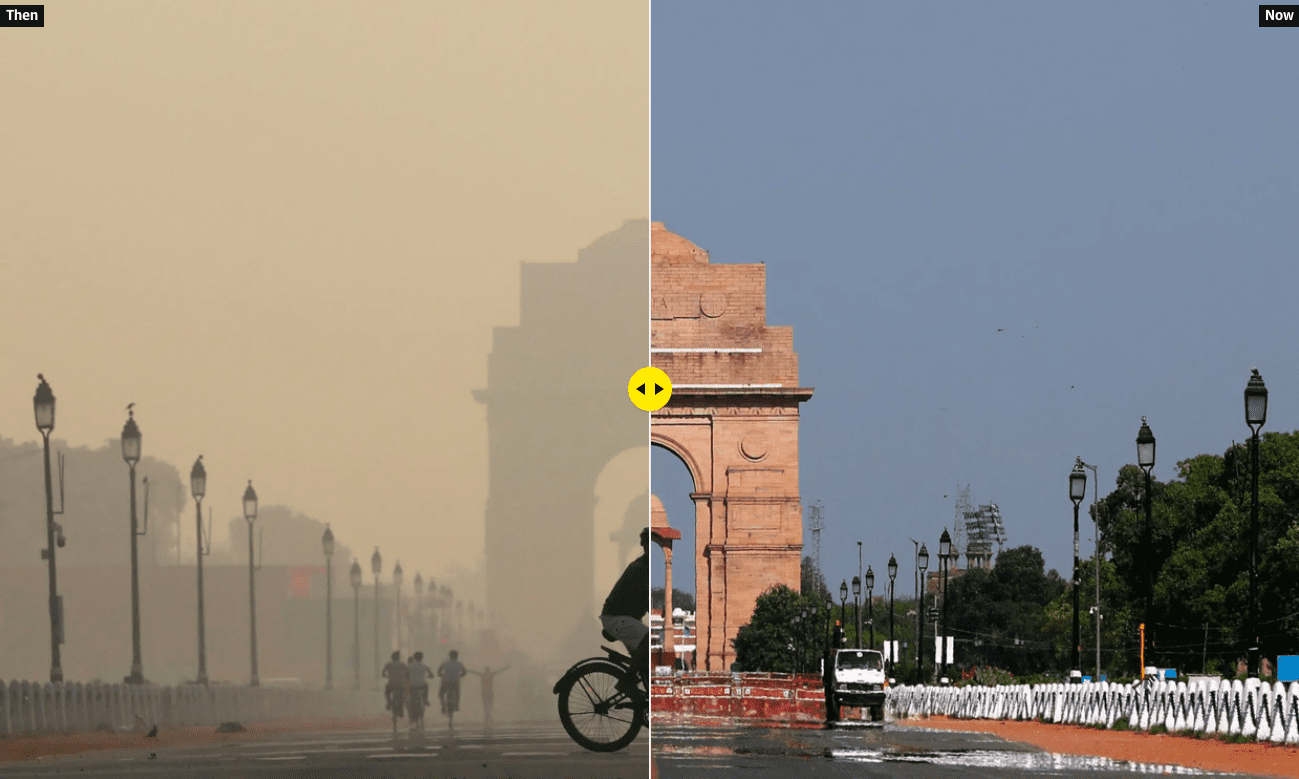
https://www.theguardian.com/environment/2020/apr/11/positively-alpine-disbelief-air-pollution-falls-lockdown-coronavirus
This very special time has given us human beings the opportunity to reflect on what is happening to our planet. Climate change is visible in virtually every country in the world – whether it is glacial retreat, bushfires or floods – and we have reached a point where temperature increases by as much as four degrees are possible by 2100.
The world’s population is 7.5 billion and is projected to increase to 10 billion by mid-century. We are currently using 1.75 times our planet’s non- renewable resources and 33% of the world’s land surface to produce food. That would suggest that we shall struggle to feed a population of 10 billion.
And yet we have a blueprint for sustainable development provided by the famous quote of Brundtland (1987): “Sustainable development is development that meets the needs of the present without compromising the ability of future generations to meet their own needs.“
In 2016 the UN adopted seventeen separate goals for sustainable development which each had specific targets that were to be met. These were the blueprint for the future of living together on our planet that addressed social, economic and environmental development. Sustainable development must be seen as encompassing these three interdependent aspects: social, economic and environmental.
Schools have a responsibility to educate students about sustainable development and the attempts that are being made to achieve it.
What strategies can be used to ensure the curriculum we teach encourages a deeper understanding of sustainable development?
- The seventeen goals of sustainable development should underpin the curriculum being used in the school. Social, economic and environmental sustainability are ingrained in the goals and are interlinked.The relationship between the goals is complex and needs to be examined using systems theory as a key process.
Students may well be unfamiliar with the language of systems and will need to be introduced to key concepts such as open and closed systems, positive and negative feedback loops, stocks and flows and equilibrium. Some of these ideas can be presented to primary students in primary science when they investigate topics such as cells, food webs, materials and energy. Older students can be introduced to increasingly more complex systems as they progress through secondary school.
- One of the key concepts that students should be introduced to is the nexus. The nexus is the relationship between food, energy and water. These three needs of humanity are vital to our continued existence on this planet. The nexus can be the basis for many inquiry-based projects where students research the different ways that their production affects each other.
A diagram that highlights the nexus relationship: - A relatively new approach to enhancing sustainability has been the concept of a circular economy. This has been promoted by the Ellen MacArthur Foundation, which has made a number of videos about this concept. Her foundation and others (the EU included) have been concerned with the ways that our non-renewable resources are being used and the fact that there is a lot of material lost as waste that has to be disposed of. They describe this as a linear system:
“The What a Waste Global database published by the World Bank Global database shows that global waste generation is expected to outpace population growth in coming decades”.
At present it has been estimated that in richer countries each person creates 2.1kg of waste per day and in poorer countries 0.6kg and that 29% of that waste is plastics and cardboard (Rowe, M and Henning, B “Waste World” In Geography, January 2020, p.23).
The circular economy on the other hand wishes to eliminate the concept of waste. It considers the importance of extending the lifespan of products, recycling materials and leasing products rather than ownership.
A simple diagram of the circular economy:
The circular economy is present in some form in the life sciences, Geography, Economics and Design curricula of the IB Diploma and at MYP level.
Some advocates of the circular economy have advocated the importance of biomimicry where human systems replicate the systems and materials of the biological world. The ideas from this approach have been used profitably in education at all levels from primary school to university.
One of the great challenges of teaching sustainability issues is that they often cross academic disciplines and require an interdisciplinary approach. This can be hard to organise if there are few opportunities for collaborative work in this way, as they require a great deal of planning and thought.
What else can a school do to promote sustainable development?
Here are some ideas to help a school adopt sustainable development as a key part of its mission. They are loosely based on some of the criteria used to rank universities and their approach to sustainability.
- The curriculum should be based on the principles and understanding of sustainable education. (This includes social, environmental and economic aspects of development.)
- Staff are prepared to be stewards of sustainability who model and promote sustainable development inside and outside the classroom.
- School design – The school makes maximum use of natural lighting and is orientated to enjoy maximum benefits from sunlight. The building is well insulated to prevent loss of heat
- Energy use – The school is able to use renewable sources of energy, e.g. solar panels to generate electricity and heat water for use in the school.
- Waste and recycling- Food waste in particular from the cafeteria and/or dining room is used for composting and renewable materials are recycled. Compost can be utilised in school gardens created by students to grow vegetables for use in the school catering services.
- Managing the school’s carbon footprint – The amount of travel for student sport trips and professional development for staff is reduced. Trains or other forms of public transport are used for travel.
- Sourcing local food – Close attention is paid to the food miles of each article of food used in the school cafeteria.
- Staff working conditions – This is an important part of social sustainability. Staff should have clear work contracts with obligations for both employer and employee. There should be rights of appeal against unfair dismissal.
- Staff/student engagement – There is ample opportunity because of small class sizes for students to relate to each other in a tutorial scenario.
- School engagement with the local community – The school is involved in projects outside the school to promote sustainability. There is genuine engagement from students, staff and parents in local community activities.
- The use and conservation of water on the school campus – Rainwater and grey water are used for watering the school’s green areas, thus conserving water use.
There are many schools that have adopted some or more of these practices.
Excitingly there have been conferences and webinars recently organised by schools (e.g. Berlin Brandenberg International School, Dollar Academy in Scotland and Charterhouse School in England) about critical issues such as climate change and the impact that could have on sustainable development. There are a variety of organisations such as Sustainability Education (sused.org), The Green Schools Alliance (https://www.greenschoolsalliance.org/) and Eco Schools (https://www.ecoschools.global) to name a few that have been promoting sustainability in schools.
Where does your school stand in relation to these ideas?
[bg_collapse view=”link” color=”#4e7a8d” icon=”arrow” expand_text=”Show references used in researching this post” collapse_text=”Hide answer” ]
Websites used in researching this blog:
Ellen Macarthur Foundation: www.ellenmacarthurfoundation.org
Circular Economy video: https://www.youtube.com/watch?v=eOGy683afyo
https://www.bbc.com/news/world-asia-51691967, accessed 29th May 2020
http://datatopics.worldbank.org/what-a-waste, World Bank What a Waste (Accessed May 25th 2020)
https://sustainabledevelopment.un.org/content/documents/5987our-common-future.pdf UN Human Development Report “Our Common Future” 1987
https://www.theguardian.com/environment/2020/apr/11/positively-alpine-disbelief-air-pollution-falls-lockdown-coronavirus
(J.DeSilva “The sustainable development goals, an Engineers perspective“, HYIME May 25th 2020)
https://peopleandplanet.org Guide to green universities, Accessed May 25th 2020. [/bg_collapse]

